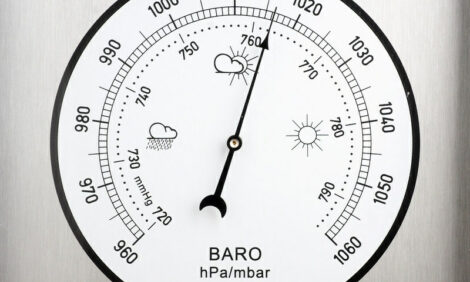



Dutch Poultry Producers Successfully Cut Campylobacter
NETHERLANDS - The percentage of chickens leaving the slaughterhouse with high Campylobacter levels has halved in the last few years, according to data presented by the Dutch Poultry Processing Industry Association (NEPLUVI) at a recent Campylobacter Congress meeting.The symposium set out the current status of Campylobacter research in the Netherlands to more than 100 experts and interested parties from the poultry sector. The bacterium is the most common cause of foodborne disease in humans.
Measures taken throughout the whole poultry production chain have had a marked effect on Campylobacter contamination, NEPLUVI said.
From 2009 to 2015, the percentage of finished poultry products with relatively high Campylobacter values (more than 100 colony forming units per gram) fell from 10 per cent to 5 per cent. Further data showed there has not yet been a corresponding decrease in the number of infections in humans, suggesting that poultry is not the only important source of Campylobacter in humans.
Other attendees at the symposium discussed the further opportunities for processors to reduce Campylobacter. Hilko Ellen, from Wageningen UR, stressed that the improvement of industrial hygiene is important, such as keeping flies and other small insects out of poultry houses. Measures to achieve this include using netting to exclude flies and using repellent smells.
So far there is no Dutch or European legislation for the control of Campylobacter, but Henrieke Crielaard emphasised on behalf of supermarkets that all links in the production chain will have to take responsibility. Dutch broiler slaughterhouses and supermarkets are committed to the private approach to Campylobacter reduction, which has so far been successful. Arie Ottevanger, from the Ministry of Health, Welfare and Sport, told delegates that the European Commission is expected to draw up a legal criterion for Campylobacter.








